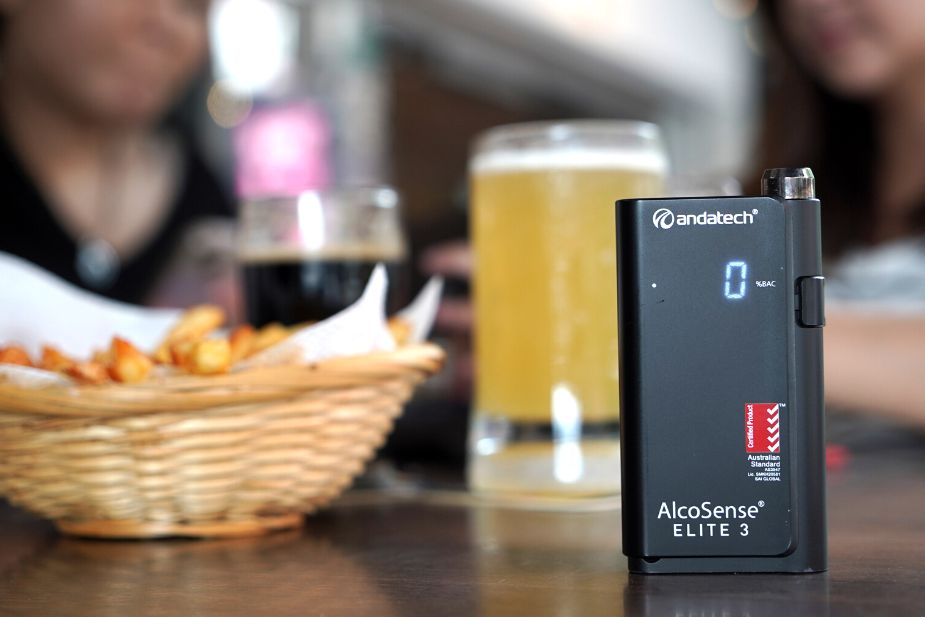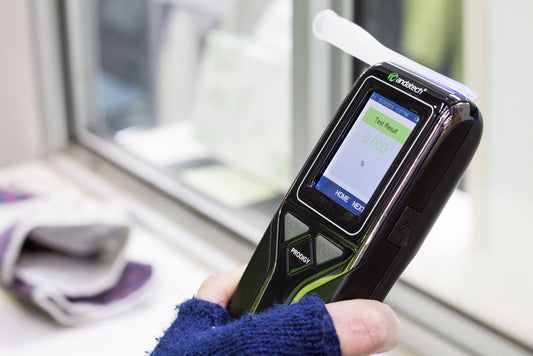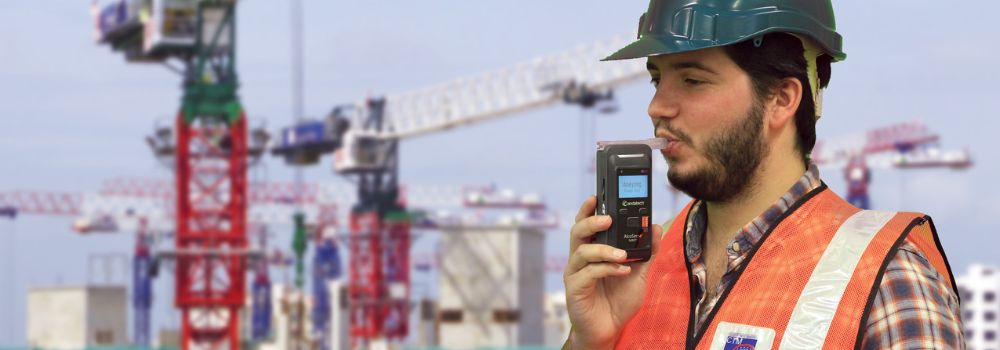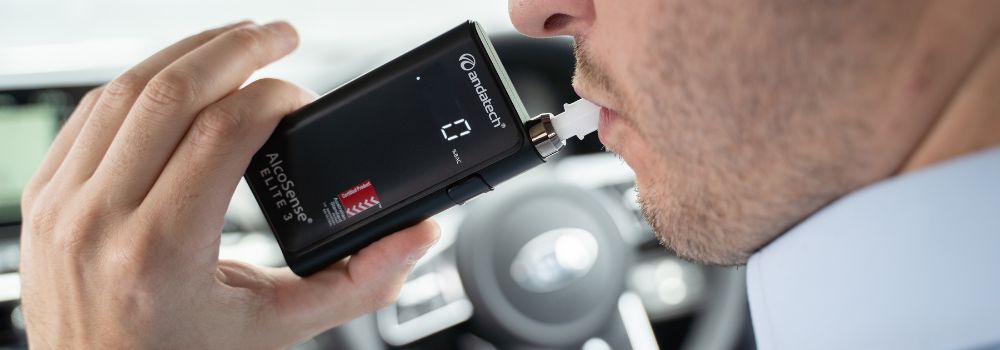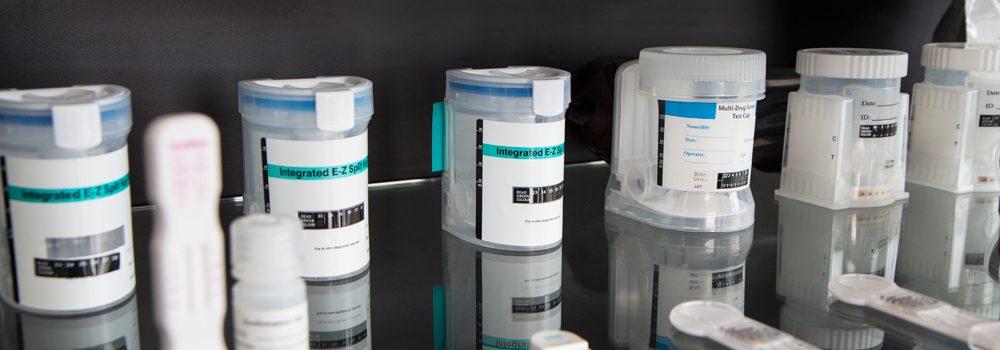Anyone licensed to operate a vehicle in should know how many standard drinks it would take to reach 0.05. This seemingly innocent decimal should trigger a panic button response in drivers. After all, 0.05 is the legal limit of alcohol content in the bloodstream in Australia, and most places around the world. The consequences of getting caught are getting tougher and tougher as drunk driving statistics show little improvement with each passing year.
Whether or not you are familiar with the legal impairment limit, it is crucial that you are responsible for your own personal tolerance level. After all, many people are incapable of operating a vehicle even if their alcohol breath tester reports blood alcohol content (BAC) below 0.05%. As such, they can still be arrested for compromising the safety of other people in the immediate vicinity.
Understanding your own alcohol tolerance begins with eradicating your mind of any clichés you’ve heard before, and know this:
Intoxication begins with just one drink.
For many people, this drink could very well have the lowest alcohol concentration on the market. But before we figure out how many standard drinks it would take to reach .05, we must start with understanding what’s a standard drink.
Check out our infographic below, or scroll down below for further explanation!
HOW MANY DRINKS TO REACH .05? [INFOGRAPHIC]

Disclaimer: The information provided in this article is for general reference only. Please seek advice from professionals according to your business’s needs.
Written by Eugene Ng

